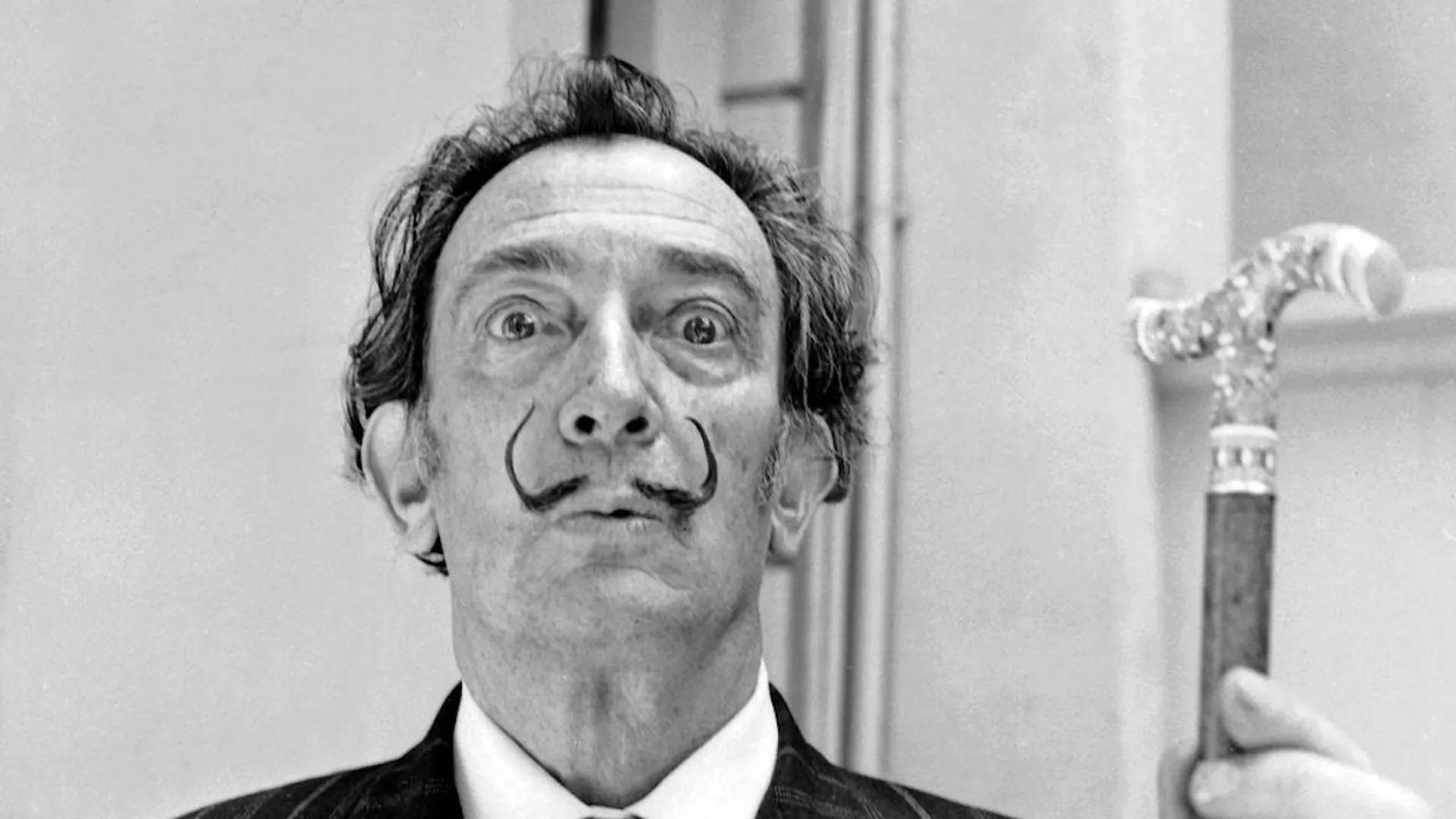
Salvador Dali was a Spanish painter and graphic artist who focused on the use of emotional language to convey meaning. His paintings are characterized by their seemingly ordinary subject matter, with a strong sense of irrationality and surrealism.
Dali’s work is often classified as Dadaism, which is an art movement that began in Zurich during World War I. The movement was a reaction to the increasing mechanization of society.
Dali was heavily influenced by Cubism, which was an art movement that developed in France at the turn-of-the-century. He combined these influences with his own unique style to create his own form of surrealist painting.
Introduction – What is a Salvador Dali Painting?
Salvador Dali was born on May 11, 1904 in Figueres, Spain. His father, Jozef Dali (1863-1935), was a professor of anatomy at the Reus School of Medicine. Dali’s mother died when he was 7 years old, after which he and his older brother Magritte were raised by their father.Dali attended the School of Fine Arts in Barcelona where he studied painting and sculpture. In 1931 Dali was diagnosed with Parkinson’s Disease, which would periodically afflict him throughout his career as an artist.
One of the most popular artists of the 20th century, Salvador Dalí is best known for his surrealist paintings. His work often depicts strange scenes and objects that can be interpreted in many different ways.
The word “surreal” comes from the word “surrealism,” which is a style of art that was developed by French poet André Breton in 1924. The goal of surrealism was to create a new type of art that would challenge the dominance of realism in Western culture at the time.
The Legacy of the Spanish Surrealist Painter
The legacy of the Spanish surrealist painter Salvador Dali is one that is easily recognizable to most people. His work was full of a sense of humor, and he often mixed the grotesque with the beautiful. In his paintings, he used symbols and images from his dreams to represent his unconscious mind.
Dali had an older brother who died when he was four years old. This event had a profound effect on Dali for the rest of his life. He later wrote about how this loss led him to fear death and pursue immortality through art. As a boy, Dali was fascinated by the natural world. His mother introduced him to the works of Leonardo da Vinci and Raphael. He began to receive drawing lessons from an artist named Puig i Cadafalch, who encouraged him to continue his studies at Madrid’s Academia de San Fernando. Dali spent six years studying art there before entering the Escuela de Artes e Industrias del Regimiento de la Asunción in Madrid.There, Dali learned to paint as well as develop an appreciation for art history and the avant-garde movements of the early 20th century. He also met Pablo Picasso, who took an interest in his work.
In 1922, Dali transferred to the San Fernando Academy, and studied with Antonio Palazós. He also attended classes at La Escuela Superior de Música Reina Sofía in Madrid.
Dali’s surrealist paintings were influenced by the myths that he read about during his childhood. One such myth was about the Greek god Chronos who ate his children because he thought they would overthrow him one day. This is reflected in Dali’s painting entitled Saturn Devouring His Son which depicts a father eating his son on a plate with all of the bones.
One of his most famous paintings is called “The Persistence of Memory.” It depicts a melting pocket watch as well as other items that are distorted and melting. This painting was one of Dali’s most successful works and it helped him gain recognition in the art world.
An Analysis of “Persistence of Memory”
The Persistence of Memory was painted in 1931 and became one of his most famous works.
This painting is a representation of the artist’s interpretation of the persistence of memory. This can be interpreted as the gradual fading of memories, or as a person’s inability to forget. The painting is in the style of surrealism, which was popularized by Salvador Dali.
The painting is a perfect example for how an artist can use their imagination to create something new and different from what they see in front of them. Dali has taken a mundane object and turned it into something that makes you think about what you are looking at.
The painting is often interpreted as an illustration of the persistence of memory, or the idea that memories are indelible and can be recalled at will. The melting clocks are often seen as a metaphor for the fragility and fleetingness of time.
You may alo like:

